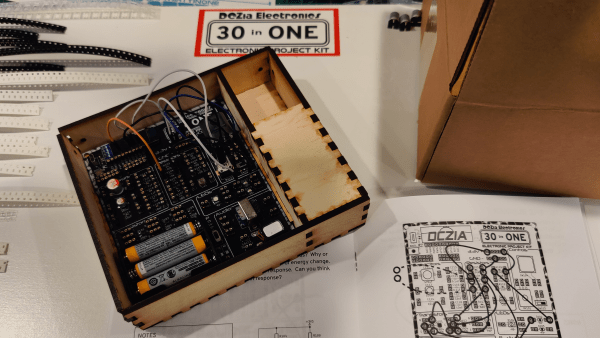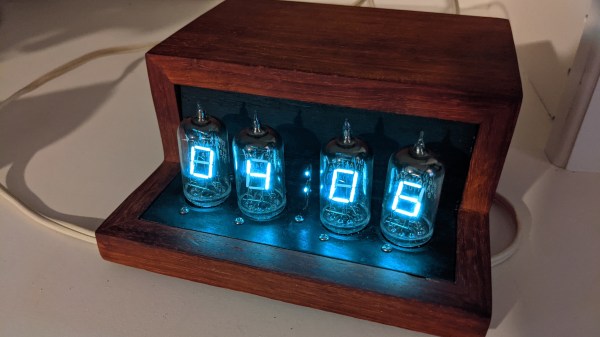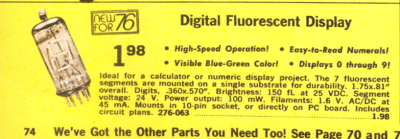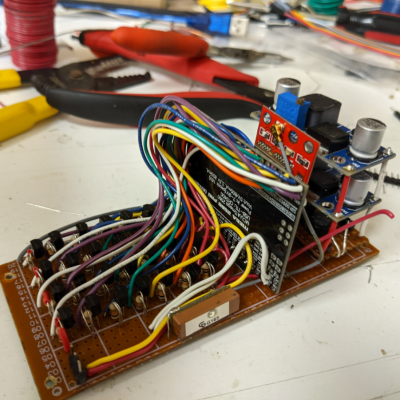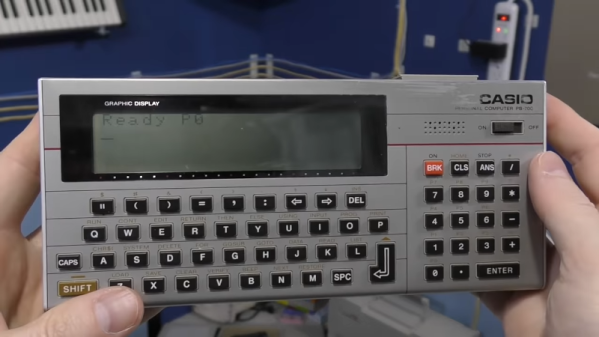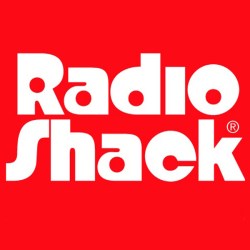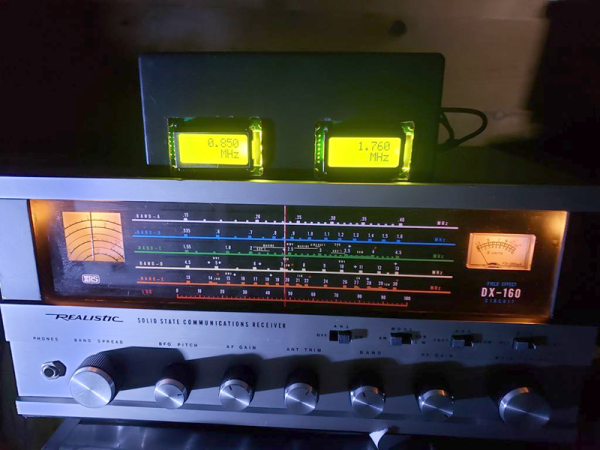[hamster] and the DC Zia crew offered up a throwback 30-in-ONE Learn Electronics indie badge for DEF CON 30. The badge is inspired by the Radio Shack “100-in-1” style project kits that so many of us cut our teeth on back in the 70s and 80s.
DC Zia is a hacker group loosely associated with New Mexico who have been working together to make an indie badge for DEF CON each year. If you aren’t familiar with the badgelife community of hardware hackers and programmers who make electronic indie conference badges, check out our BadgeLife Documentary.
The 30-in-ONE badge is provided in the form of a kit, so the learning and fun begins with assembling the badge. From there, an included booklet guides the badge holder through building and experimenting with 30 different circuits.
The included components include resistors, capacitors, LEDs, transistors, switches, transformer, speaker, OLED display, battery box, and a bundle of jumper wires for making any desired circuit connections. The documented circuits have compelling titles such as the Electric Cat, Light Theremin, Grandfather Clock, and Frequency Counter.
Flashback to what DC Zia, and other groups, were up to five years prior in our expose on The Hardware Badges of DEF CON 25.
Continue reading “Nostalgic 30-in-ONE Electronics Badge For DEF CON 30”

